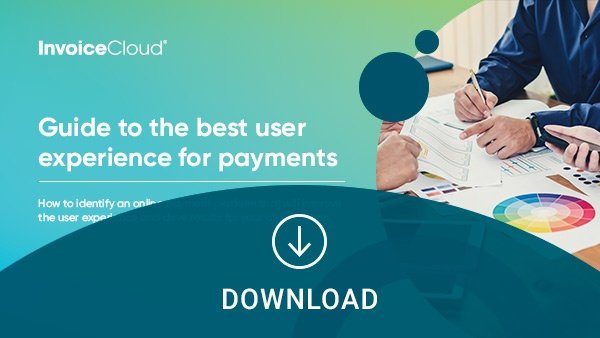What is a Customer Effort Score–and Why Does it Matter?
 Tara Wildt
Tara Wildt

There are many ways to measure your organization’s customer experience, from quantitative surveys to qualitative interviews and reviews. When it comes to identifying areas for improvement, however, there are a few key metrics your organization should be tracking on a regular basis. Most organizations are familiar with Net Promoter Scores (NPS) and Customer Satisfaction Scores (CSAT). But one of the more overlooked metrics is the Customer Effort Score (CES). Customer effort measures how easy or difficult it is for a customer to interact with your organization. In other words, how much effort does a customer need to expend to accomplish a particular task?
The top 3 customer experience metrics
If your organization is serious about improving customer experience, it’s important to track three particular metrics: Net Promoter Score, Customer Satisfaction Score, and Customer Effort Score. When used in conjunction, these three metrics help to paint a complete picture of your organization’s customer experience.
Net Promoter Score (NPS): NPS generally measures long-term customer loyalty, and takes the overall customer experience into consideration. Higher NPS scores usually mean higher long-term customer loyalty. This is helpful for forecasting other metrics, like company growth.
Customer Satisfaction (CSAT): CSAT is more of a short-term measurement of customer happiness. It usually focuses on a single touchpoint, rather than the relationship between a customer and your organization. While this score is not very useful for assessing customer loyalty, it is good for spot-checking satisfaction levels with a particular service or customer touchpoint.
Customer Effort Score (CES): Customer effort is another measure of customer loyalty, and focuses on the effort associated with a specific interaction. For this reason, customer effort is best used in tandem with NPS to assess the likelihood of customer churn.
Why does customer effort matter?
Customer effort scores are an effective way to measure your online payment experience. Understanding the amount of effort a customer has to put in to make a payment can help identify roadblocks and challenge areas. Higher levels of customer effort mean more complicated, difficult to use online payment systems. This, in turn, translates to more abandoned online payments and lower electronic payment adoption rates. Over time, this creates headaches for your staff through increased customer service calls, more manual payments, delayed collection times, and more.
In contrast, lower levels of customer effort reflect an online payment system that is easy to use. This will result in more online payments, reduced workloads for your staff, and cost savings for your organization. For organizations where customer churn is a particular concern, customer effort scores are also a good way to track how your payment system may be impacting your overall customer experience. If your customer effort level for online payments is too high, then your current payment platform may be hurting your customer experience and even retention rates.
How to lower customer effort
Almost every organization can serve to lower their customer effort score – particularly when it comes to online payments. A simple way to get started lowering your customer effort is to experience your online payment process from the customer’s point of view. When was the last time you saw first-hand what it was like to make an online payment through your organization? Start by reviewing the customer experience from the customer’s point of view, noting things like:
- How many steps did it take to complete a payment?
- Where did I get confused or have trouble finding information?
- Where did I encounter roadblocks that delayed my payment?
From there, evaluate your online payment experience and find ways to improve it, while keeping these three important tips in mind:
- Design for the Customer Experience. Keep in mind that the customers trying to make an online payment are trying to complete a task as quickly and easily as possible. This means that the entire payment process needs to be designed to direct customers where they need to go. Things like clear ‘click here to pay here’ calls to action and correctly branded payment portals are important.
- Make Processes as Simple as Possible. Customers shouldn’t have to jump through hoops to make a payment. If you send them an email to alert them of a payment due, they should be able to click directly from that email to a payment screen. They also shouldn’t have to enter information multiple times or search for features like enrolling in AutoPay options or paperless billing.
- Remove all Unnecessary Roadblocks. When evaluating your online payment experience, did you encounter roadblocks, like login screens, that delayed your payment? Remove these wherever possible to lower customer effort and improve customer satisfaction.
Improving your customer experience is a process that requires time and effort from a large portion of your organization. But tracking metrics like NPS, CSAT, and CES help clarify where your customers are encountering roadblocks. Keeping a close watch on your customers’ satisfaction levels will help you paint a clear picture of the customer experience, and identify areas for improvement.
To learn more about how to design the best possible user experience for online payments, download our ebook, Guide to the Best User Experience for Payments, below:



